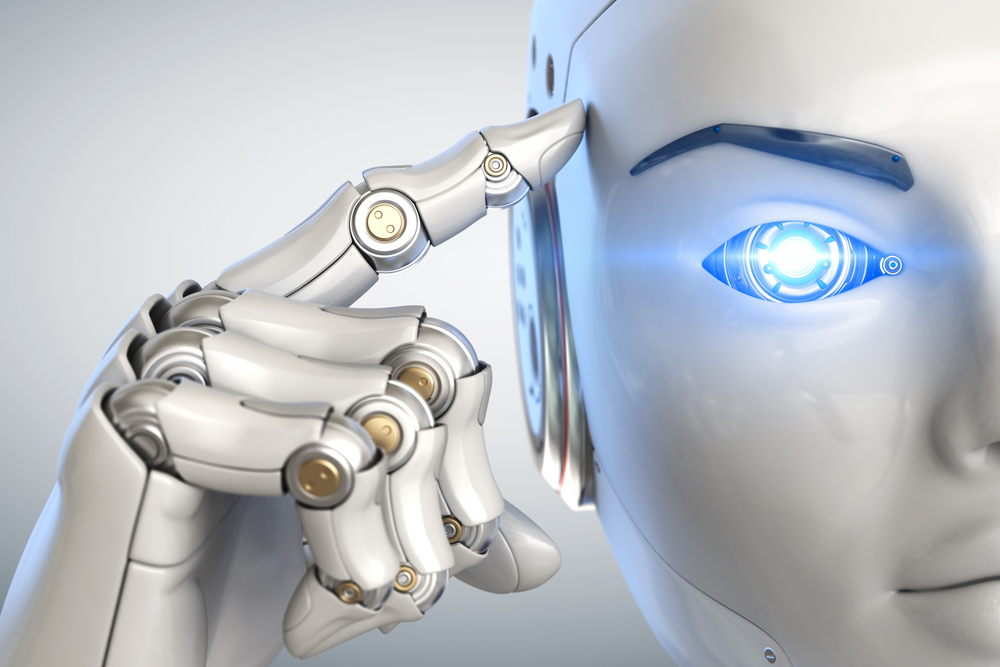Chat GPT is a natural language processing (NLP) model developed by OpenAI. It is based on the GPT (Generative Pre-training Transformer) architecture, and is one of the most advanced and sophisticated language models available today.
Chat GPT is designed to understand and process natural language input, and generate human-like responses. It is capable of carrying on complex conversations with users, and can respond to a wide range of questions and queries in a variety of contexts.
One of the most impressive features of Chat GPT is its ability to learn from large amounts of data. It has been trained on a vast corpus of text, including books, articles, and online content, which allows it to generate responses that are both accurate and nuanced.
Chat GPT has been used in a variety of applications, including chatbots, virtual assistants, and automated customer service systems. Its ability to understand and respond to natural language input makes it an ideal tool for these types of applications.
In addition to its practical applications, Chat GPT has also been used in research and development. Researchers have used it to explore the potential of NLP and artificial intelligence (AI), and to test various hypotheses about language processing and communication.
Despite its many benefits, Chat GPT is not without its limitations. One of the biggest challenges facing NLP models like Chat GPT is their ability to understand and process context. While Chat GPT is capable of generating accurate responses to specific questions and queries, it may struggle to understand the broader context in which those questions and queries are being asked.
Another challenge facing Chat GPT is the potential for bias in its responses. Like all machine learning models, Chat GPT is only as good as the data it has been trained on. If that data is biased in some way, the model may generate biased or inaccurate responses.
Despite these challenges, Chat GPT represents a significant breakthrough in the field of NLP and AI. Its ability to understand and generate natural language responses has the potential to revolutionize a wide range of applications, from customer service to education to healthcare.
As Chat GPT and other NLP models continue to develop and improve, it will be interesting to see how they are used and what new applications they enable. The possibilities are truly endless, and the potential benefits for society are enormous.
Pros:
- Advanced language processing: Chat GPT is one of the most advanced NLP models available today, and is capable of understanding and generating natural language responses that are accurate and nuanced.
- Learning from large amounts of data: Chat GPT has been trained on a vast corpus of text, which allows it to generate responses that are informed by a wide range of sources and contexts.
- Wide range of applications: Chat GPT can be used in a variety of applications, including chatbots, virtual assistants, and automated customer service systems.
- Potential for improved language translation: Chat GPT could potentially be used to develop more accurate and effective machine translation systems.
- Improved customer service: Chat GPT can be used to power chatbots and other automated systems that can respond to customer inquiries in a more natural and intuitive way.
Cons:
- Contextual understanding: One of the biggest challenges facing Chat GPT is its ability to understand and process context. While it can generate accurate responses to specific questions and queries, it may struggle to understand the broader context in which those questions and queries are being asked.
- Potential for bias: Like all machine learning models, Chat GPT is only as good as the data it has been trained on. If that data is biased in some way, the model may generate biased or inaccurate responses.
- Ethical concerns: There are concerns that AI systems like Chat GPT may be used to spread disinformation or manipulate public opinion. There are also concerns about the potential impact of AI on employment, as these systems may be used to automate tasks that were previously performed by humans.
- Limited creativity: While Chat GPT is capable of generating natural language responses, it may not be able to generate truly creative or original content.
- Limited domain-specific knowledge: Chat GPT’s knowledge is based on the training data it has been exposed to, which may limit its ability to generate responses in specialized or domain-specific contexts.
Despite its many benefits, Chat GPT and other NLP models also raise important ethical and social questions. For example, there is concern that AI systems like Chat GPT may be used to spread disinformation or manipulate public opinion. There are also concerns about the potential impact of AI on employment, as these systems may be used to automate tasks that were previously performed by humans.
To address these concerns, it is important that organizations and researchers working with Chat GPT and other NLP models take steps to ensure that they are being developed and used in an ethical and responsible way. This may include measures to address bias in training data, transparency around how these systems are being used, and ongoing monitoring and evaluation to ensure that they are not having unintended negative consequences.
In conclusion, Chat GPT is a powerful and sophisticated NLP model that has the potential to revolutionize a wide range of applications. Its ability to understand and respond to natural language input makes it an ideal tool for chatbots, virtual assistants, and other systems that require human-like communication. However, it is important that we continue to monitor and evaluate the use of AI and NLP models like Chat GPT, and take steps to ensure that they are being developed and used in an ethical and responsible way. By doing so, we can harness the full potential of these systems while minimizing their potential negative impacts.


Stay connected